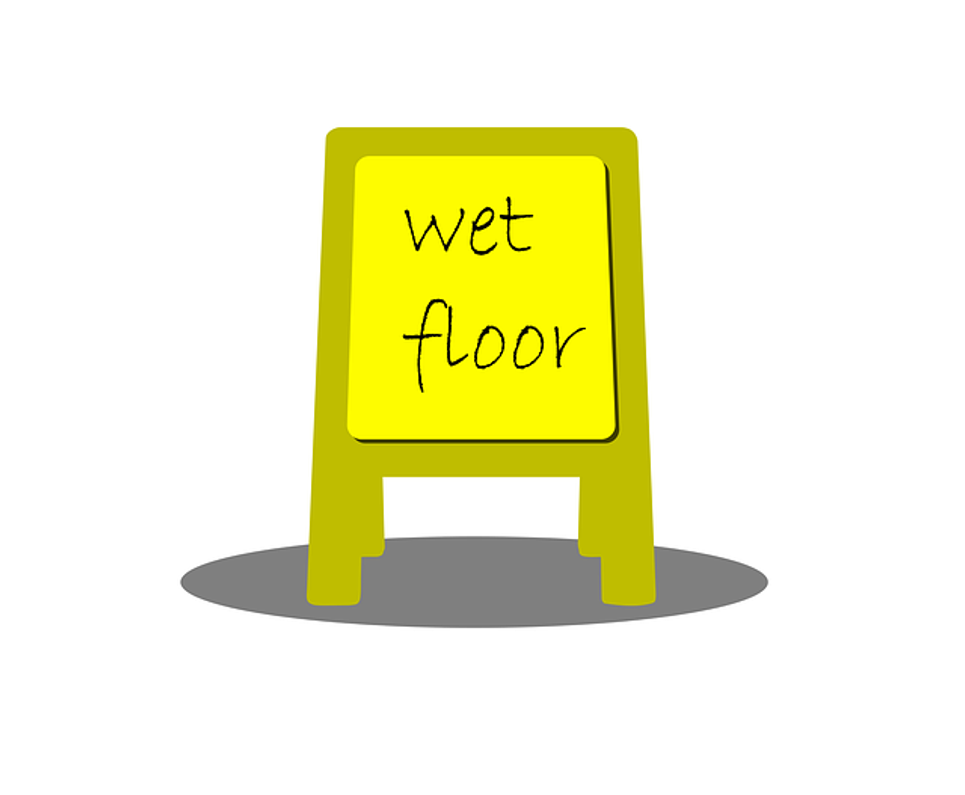Slips vs Trips vs Falls: An Overview of These 3 Safety Hazards
Slips, trips and falls are responsible for thousands of work-related injuries in the United States each year. The Bureau of Labor and Statistics (BLS), in fact, says that nearly 700 U.S. workers die each year from them. With that said, slips, trips and falls aren't the same. While they can all lead to serious injury, they are distinguished in several ways. What's the difference between slips, trips and falls exactly?
Slips
Slips are defined as the loss of balance due to lack of friction. Friction is what allows you to maintain your balance when walking. Your shoes or boots will create friction with the ground or floor on which you walk. If your shoes or boots are unable to create a sufficient amount of friction, though, you'll inevitably lose your balance. Your feet will essentially slip on the floor or ground. In some cases, you may be able to regain your balance. In other cases, slipping may cause you to fall.
Trips
Trips occur when you are walking and strike or stump your foot against an object on the floor or ground, thus causing you to trip. Whether you are walking indoors or outdoors, you should be conscious of what's on the floor or ground. Any object or obstruction can create a tripping hazard. If you don't see it, you may strike your foot against it. Tripping over an object may then cause you to fall.
Falls
Falls, of course, occur when your center of balance significantly shifts. When you fall, you'll completely lose your balance so that it sends you to the floor or ground below. Both slips and trips can cause falls. If you slip or trip, you may fall.
How to Prevent Slips, Trips and Falls
While common in the workplace, there are ways to prevent slips, trips and falls. Wearing the right shoes or boots, for example, can lower your risk of injury involving slips, trips and falls. High-quality shoes and boots are designed with deep treading that's able to create more friction.
Maintaining a clean, as well as dry, workplace can lower the risk of slips, trips and falls. Objects on the floor can cause trips and falls. Water and liquids on the floor, conversely, can cause slips and falls.
To protect against trips, you should avoid running cords and cables across walking paths. Instead, run them along the perimeter of walls. Either you or another worker may trip on an exposed cord or cable.
Recent Posts
-
Fire Safety in the Workplace: What You Need to Know
What steps are you taking to prevent fires in your workplace? According to the U.S. Occupational Saf …Aug 23rd 2023 -
Is It Safe to Go Jogging With a Cold Infection?
If you're suffering from a cold infection, you might be wondering whether it's safe to go jogging. T …Aug 22nd 2023 -
5 Safety Tips to Follow When Using a Powder-Actuated Tool
Powder-actuated tools are commonly used to join materials to steel and concrete. Also known as Hilti …Aug 20th 2023




